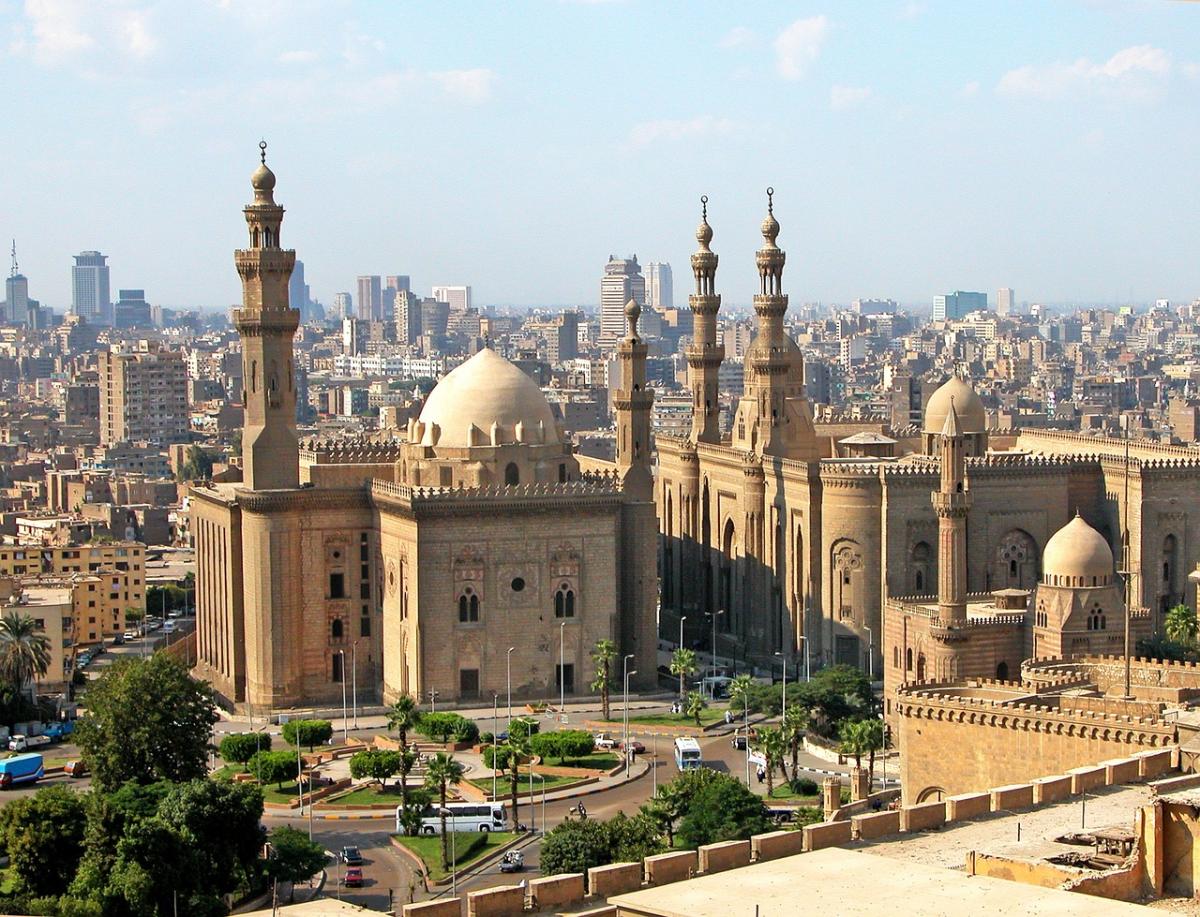
From Palaces to Mosques: shining a Spotlight on Islamic Architecture in Egypt
Egypt is home to some of the most stunning examples of Islamic architecture in the world. From majestic mosques and grand palaces, to intricate carvings and elaborate decorations, Egyptian Islamic architecture has a unique beauty that has captivated people for centuries. The development of this style began during the reign of the Fatimid dynasty in Egypt, with influences from Ancient Egyptian culture as well as Persian, Greek and Roman styles. Key elements such as calligraphy, geometric designs and complex decorations are seen throughout many monuments built around this period. Distinctive structures like Sultan Hassan Mosque or Beit el-Wali are examples of how these features come together to create an art form that stands out from other types found across the Muslim world. By shining a spotlight on Islamic Architecture in Egypt we can explore its history while also appreciating its distinct beauty today.
Historical Context of Islamic Architecture in Egypt
The historical context of Islamic architecture in Egypt is one that has been greatly influenced by the many cultures and empires that have come to power within its borders. Ancient Egyptian culture had a strong influence on the development of Islamic architecture, with elements such as hieroglyphs and other symbols found throughout older monuments still being used today. Persian, Greek, and Roman styles also played an important role in shaping this style, resulting in a unique blend of cultural influences that can be seen throughout various structures built during different dynasties. The Fatimid Dynasty was especially influential in this regard, introducing new techniques for constructing domes and minarets while also incorporating elaborate geometric designs into their mosques. The Mamluk Period saw further developments to these architectural styles with more intricate decorations becoming commonplace across many religious buildings constructed at the time. These continuing influences from past civilizations help make up what we now know as Islamic Architecture in Egypt today - an art form admired around the world for its beauty and complexity.
Features of Islamic Architecture in Egypt
One of the most distinct features of Islamic architecture in Egypt is its use of calligraphy. Calligraphic inscriptions were used to decorate many monuments, with verses from the Quran and other religious texts often being displayed prominently on walls and ceilings. The intricate nature of these designs can be seen throughout many mosques, palaces, tombs and citadels built during this period. Cairo’s Mosque-Madrassa of Sultan Hassan is a particularly beautiful example, featuring lines of script that are truly mesmerizing to behold. These ornamental carvings have come to define Islamic architecture in Egypt over the centuries, showcasing its unique blend of religion and artistry in an unforgettable way.
Citadels also feature heavily within Egyptian Islamic architecture as means for fortifying cities or defending important areas against attack. Examples such as Al-Qahira Citadel demonstrate how this style was adapted for military purposes, using thick stone walls combined with complex geometric designs to create a seemingly impenetrable shield against invaders. While they served an important practical purpose at one point in time, today these structures stand out among other monuments due to their impressive size and striking details which give them a truly majestic appearance - something that will continue to captivate visitors for generations to come.
Complex decoration is another defining feature found across many examples Islamic Architecture in Egypt today. Intricately carved stonework adorns walls and ceilings while colorful tiles combine together into beautiful patterns that help bring each structure alive with life and vibrancy . This attention detail helps make each monument stand out from others around it; allowing viewers appreciate more deeply all elements which went into creating such stunning pieces artwork . Ornamental decorations like these can be found throughout different buildings constructed during various dynasties , clearly demonstrating how much effort was put into making sure each creation had something special about it even by today's standards .
Geometric designs are also prominent within Egyptian Islamic architecture due their importance both
Distinctive Structures
The Sultan Hassan Mosque is arguably one of the most impressive examples of Islamic architecture in Egypt. Built during the Mamluk period, this grand structure stands out for its massive size and intricate details that make it truly mesmerizing to behold. The mosque features four minarets, which were constructed using a delicate interlocking system as well as an abundance of geometric designs and calligraphic inscriptions found throughout its walls and ceilings. Its unique blend of religious symbolism coupled with complex decorative elements has made it one of the most iconic mosques in Cairo today, attracting visitors from around the world who come to appreciate its beauty.
Another important site is Al-Azhar Mosque, located near Khan el-Khalili bazaar in Cairo’s historic district. This building was initially used as a madrasa (Islamic school) when it was first built in 970 CE but has since gone on to become one of Egypt’s most visited monuments due to its highly decorated interior filled with stunning mosaics and ornamental carvings featuring verses from the Quran. It also serves as home to a large library which contains some rare texts related to Islamic culture dating back centuries ago - making this an invaluable resource for scholars wishing to learn more about Egyptian history through artifacts such as these.
Jamal al-Din al-Afghani Mosque is another prominent example situated close by Tahrir Square in downtown Cairo. This domed structure was originally built between 1356-1363 on orders from Sultan Hasan I however underwent extensive renovations over time resulting in many modern additions being added such as colorful tiles adorning various parts of its exterior walls . Inside visitors can observe how closely linked religion and artistry are within this style , seeing detailed stonework featuring Quranic verses alongside intricately carved decorations depicting various scenes from different points within Islamic history .
Finally Beit el-Wali provides us with yet another example showcasing how beautiful Islamic architecture can be when put into practice
Types of Islamic Architecture in Egypt
The Fatimid architectural style is one of the most iconic and recognizable forms of Islamic architecture in Egypt. This style was heavily influenced by Ancient Egyptian culture, with many elements such as hieroglyphs and other symbols being used throughout different monuments built during this period. Examples like Cairo’s Mosque-Madrassa of Sultan Hassan showcase how these influences have come together to create a unique blend of cultural styles that stands out from other art forms across the Muslim world.
The Mamluk Period saw further developments to this architectural style, introducing new techniques for constructing domes and minarets while also incorporating more intricate decorations into their mosques than before. One example is Al-Qahira Citadel which demonstrates how these features were adapted for military purposes, using thick stone walls combined with complex geometric designs to create an impenetrable shield against invaders. These impressive structures can still be seen today - standing tall as reminders of Egypt’s rich history within Islamic architecture.
Finally, there is Ottoman Architecture which was introduced during the 16th century when the Ottomans conquered much of North Africa including parts present day Egypt. Buildings constructed around this time often featured larger domes than those found in earlier periods along with elaborate marble carvings which were highly decorative yet practical at the same time due their ability to provide shade from harsh desert sun rays . Famous examples include Beit el-Wali which showcases some stunning tile work alongside intricately carved stonework depicting various scenes from different points within Islamic history . All these features combined help make up what we now know as Islamic Architecture in Egypt today - an art form admired around the world for its beauty and complexity
Conclusion
In conclusion, Islamic architecture in Egypt has been a source of inspiration and admiration for centuries. From intricate geometric designs to ornamental carvings featuring verses from the Quran, this style of architecture is unique among others due to its blend of religion, artistry and practicality. Examples such as Al-Qahira Citadel and Beit el-Wali demonstrate how various dynasties have come together over time to create something truly special that still stands out today - making it easy to understand why so many are captivated by its beauty each year. Whether you’re looking for an interesting attraction or simply want to admire some stunning works of art, there’s no doubt that exploring Islamic architecture in Egypt will leave you feeling inspired and amazed at every turn.
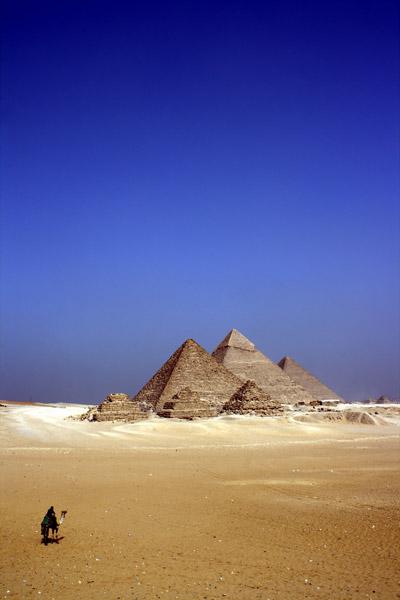
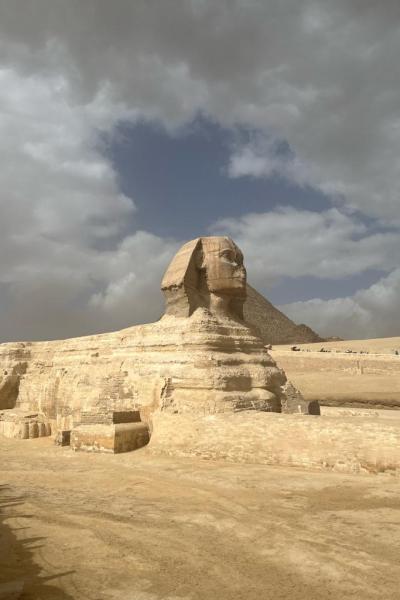
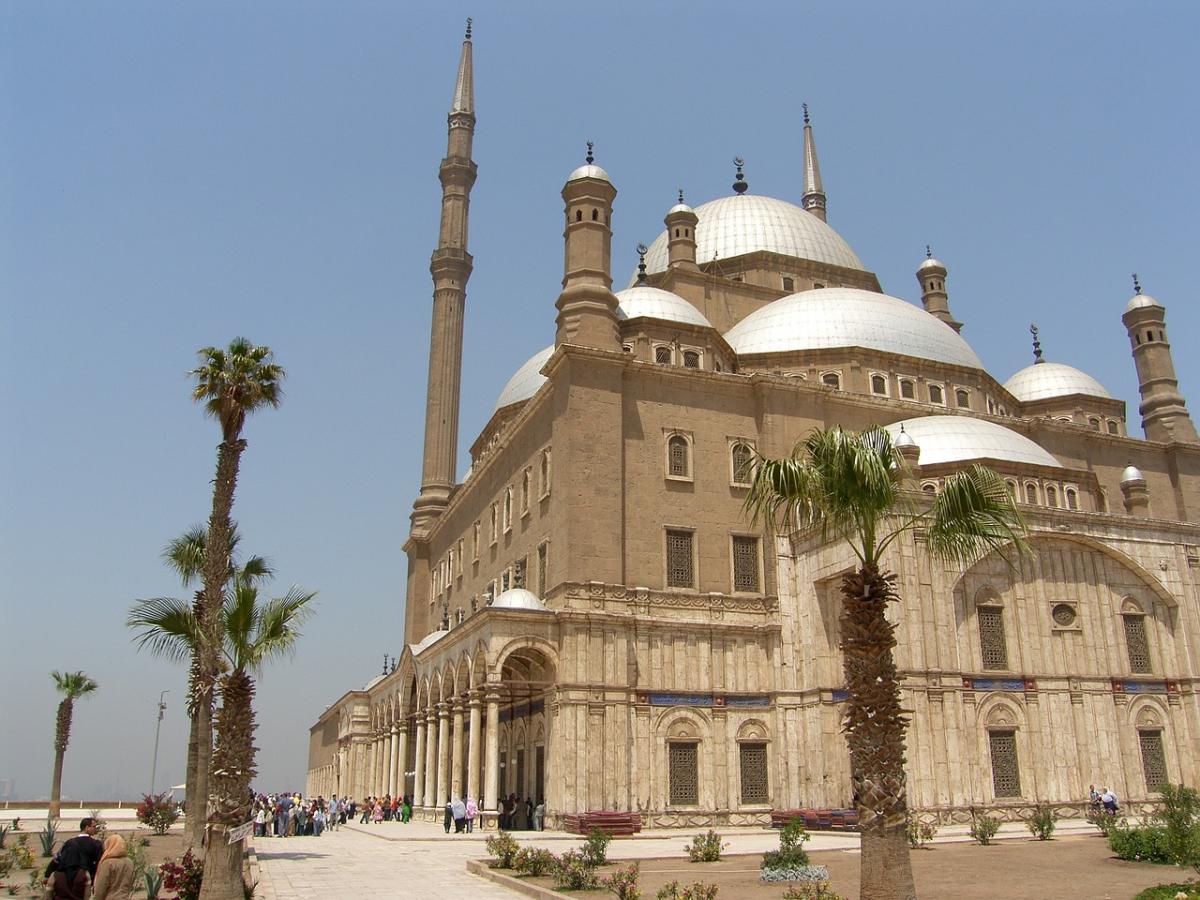
The Mosque of Muhammad Ali, or Alabaster Mosque, is a beautiful mosque located in Cairo, Egypt. Built between 1830 and 1848 by the Ottoman viceroy and ruler of Egypt Muhammad Ali Pasha, it was constructed to commemorate his rule over the region. The structure stands on an elevated platform that allows...
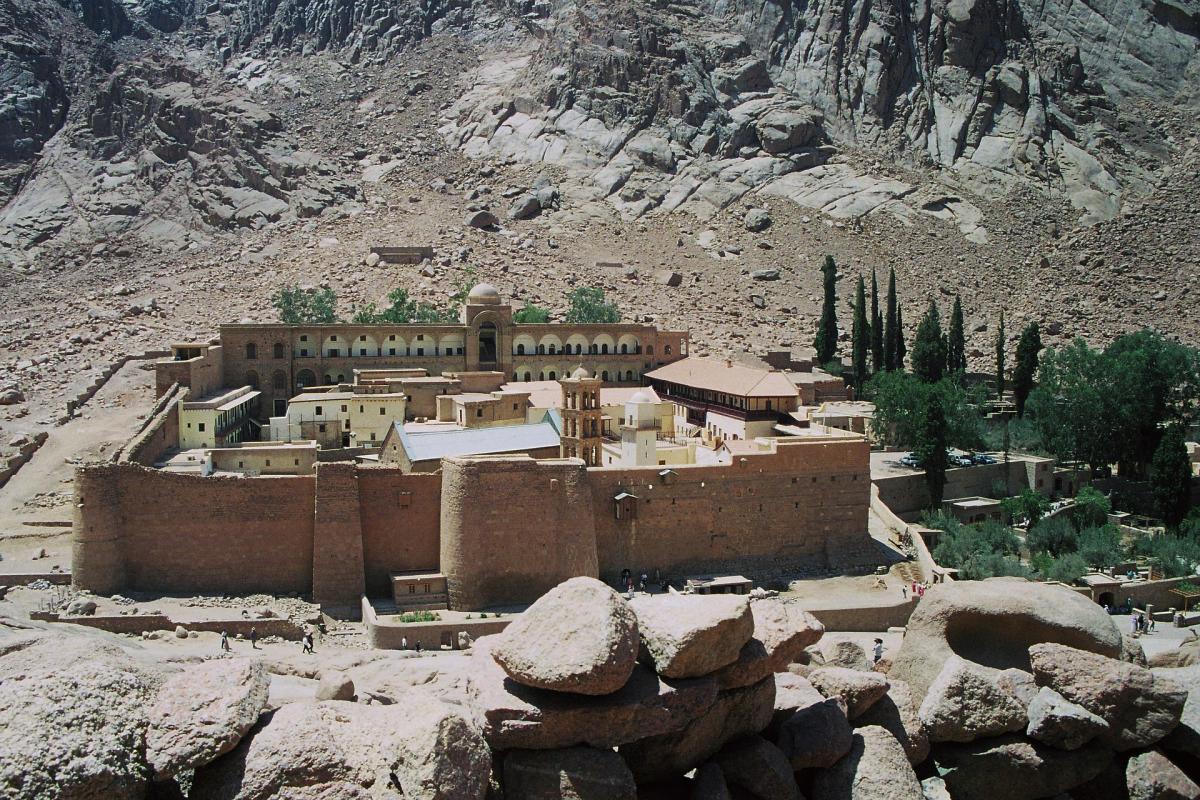
Nestled at the foot of Mount Sinai in the rugged heart of the Sinai Peninsula, Egypt, Saint Catherines Monastery stands as a testament to centuries of faith, history, and art. Officially known as the Sacred Autonomous Royal Monastery of Saint Catherine of the Holy and God-Trodden Mount Sinai, it is the...
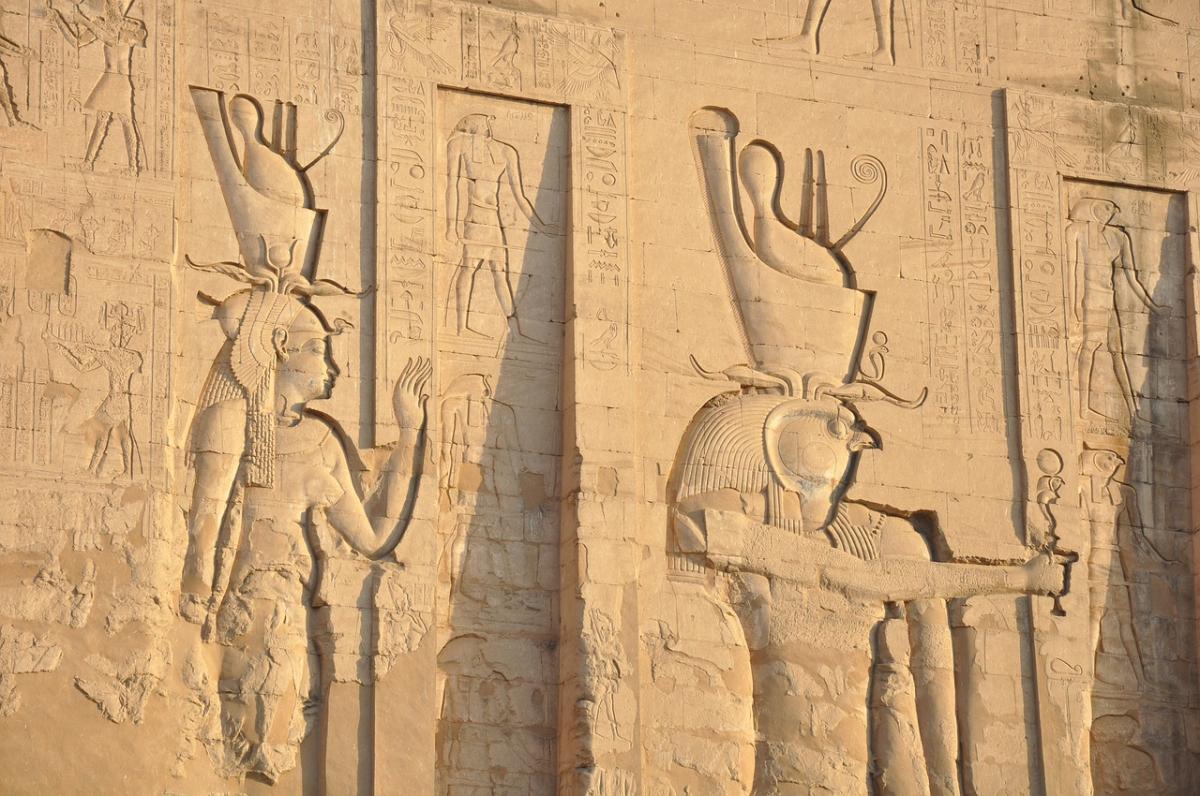
Egypt, a nation at the crossroads of Africa and the Middle East, boasts a culture that is as rich and layered as its millennia-old history . From the monumental legacy of the Pharaohs to the enduring influence of Coptic Christianity and the pervasive traditions of Islam, Egyptian culture is a vibrant...